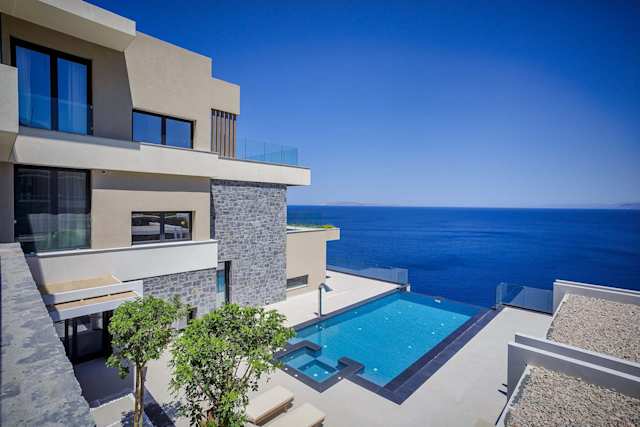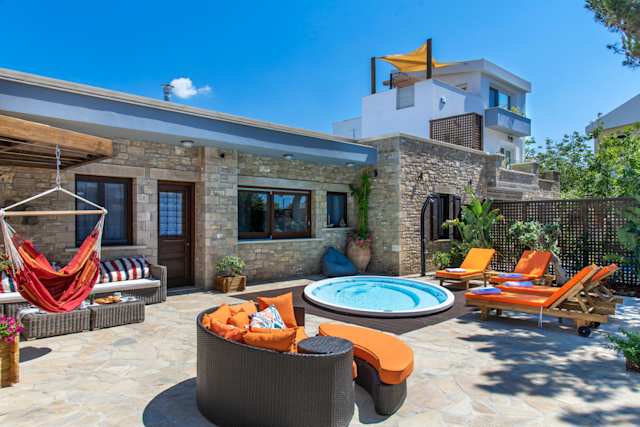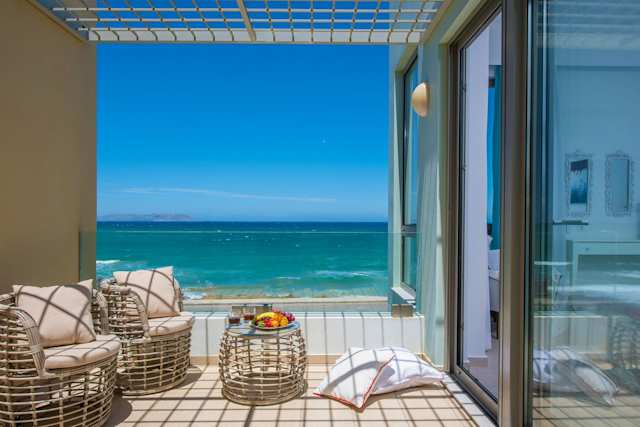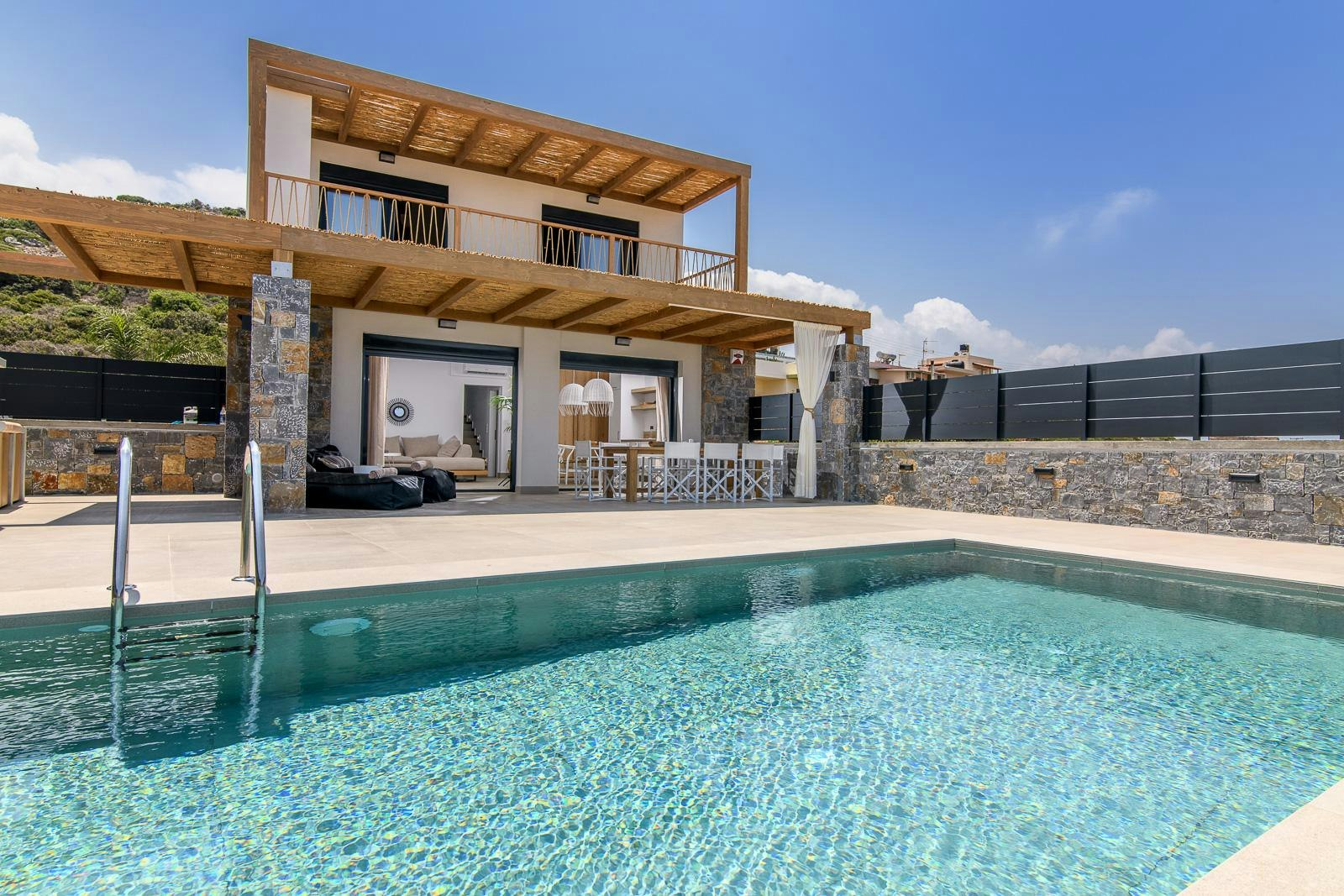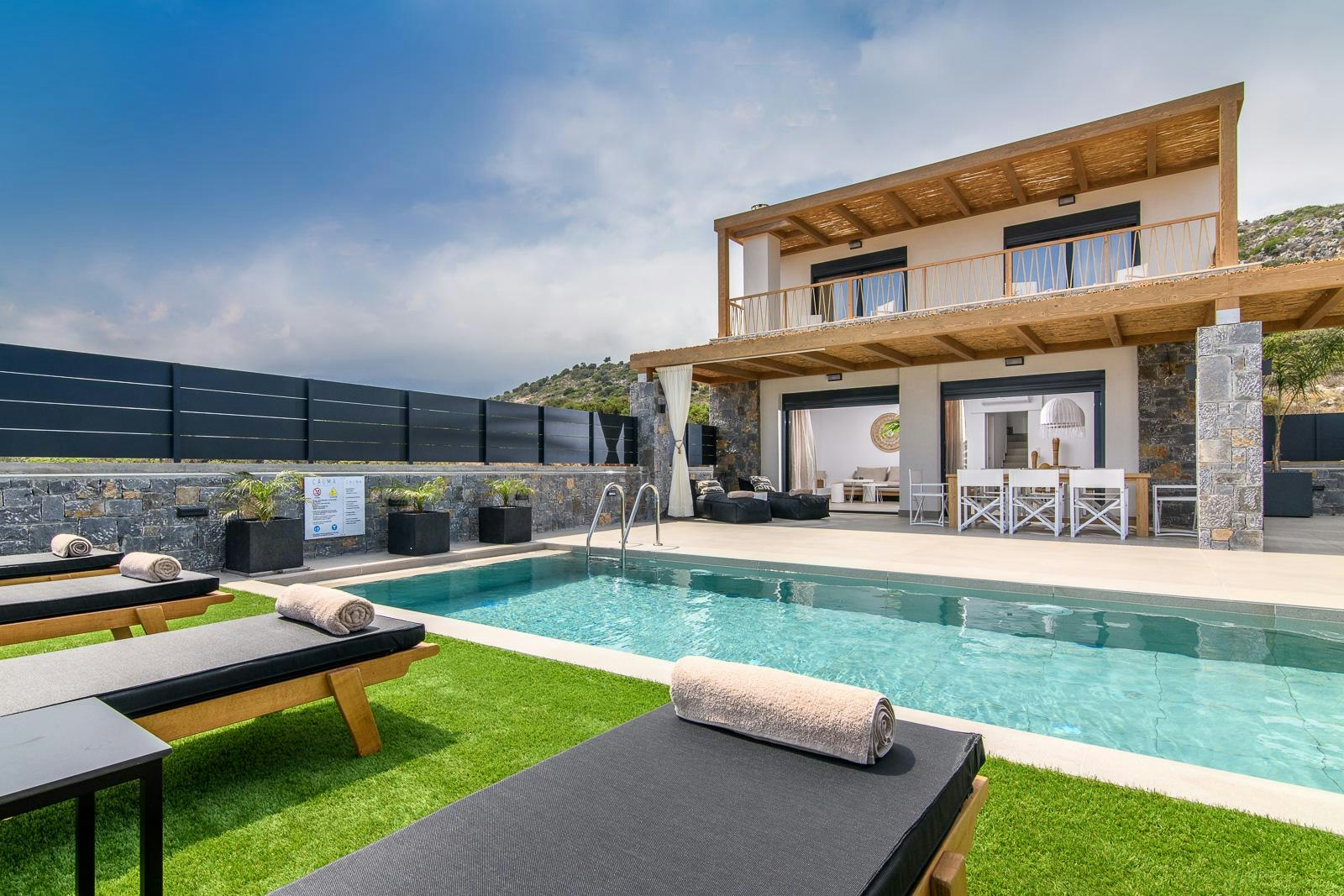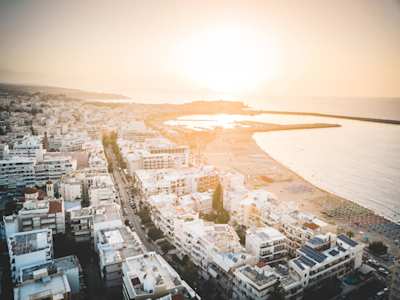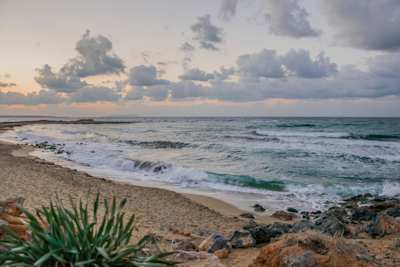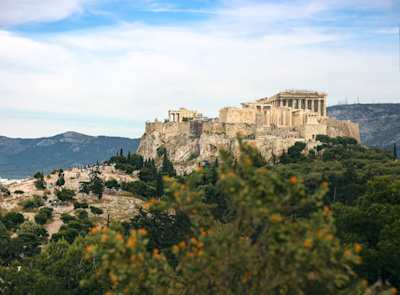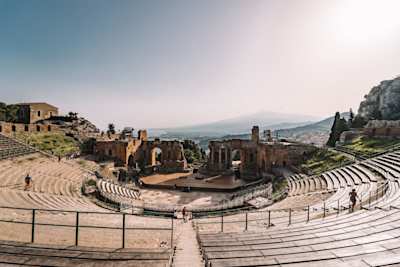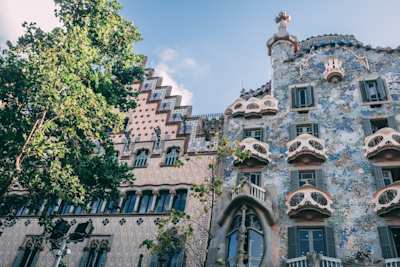A Comprehensive Crete Travel Guide
Heading to this Greek island on holiday? Check out our guide here
~
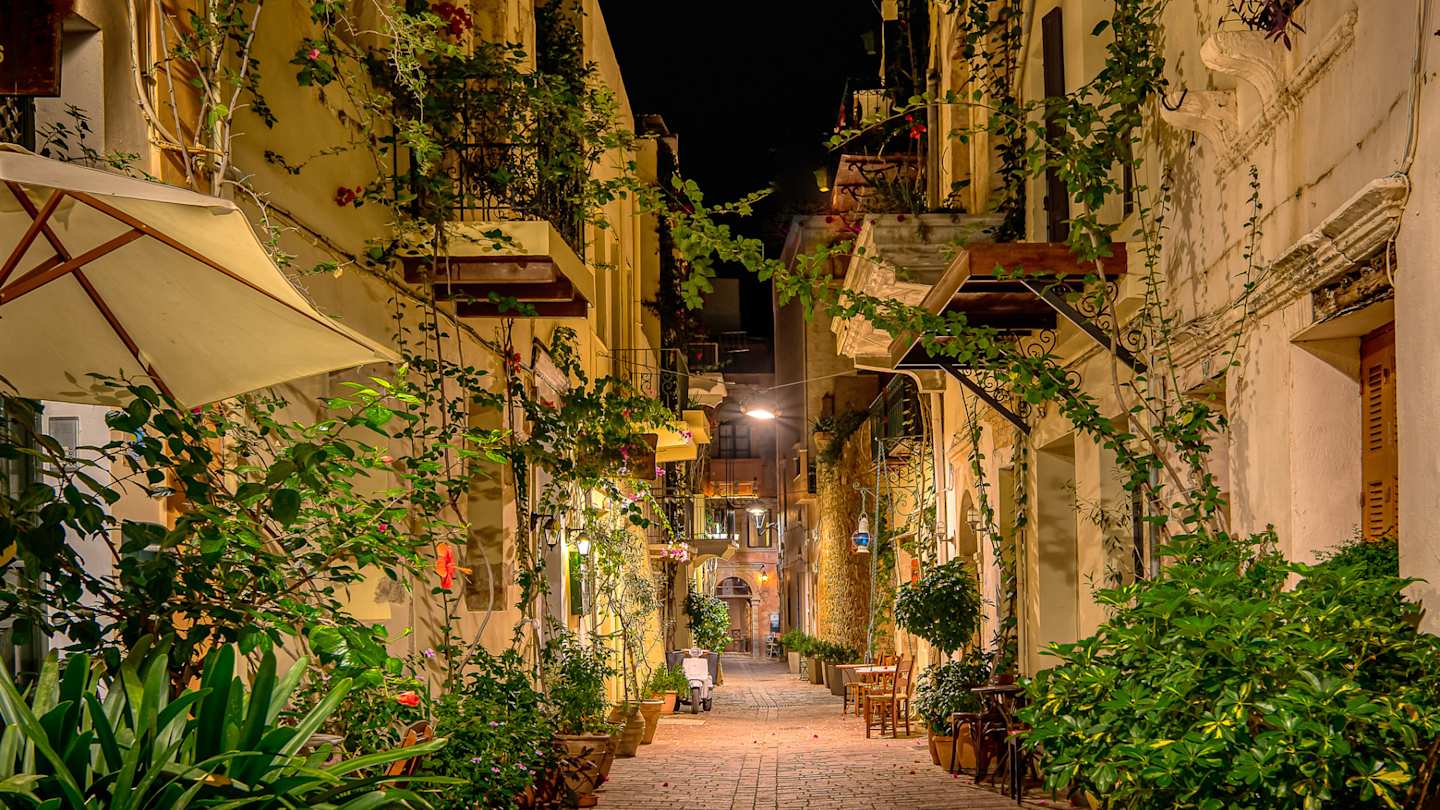
Once you arrive on the serene island of Crete, you could be forgiven for having the impression that it’s not an island at all. The largest of the Greek islands, with a population of around 600,000, its longstanding cultural significance gives it a larger-than-life energy. Crete is a diverse place, with tall mountains, beautiful beaches, and architecture originating from the Minoans, Ottomans, and Venetians. Despite the mishmash of both landscapes and styles, it has a unified feeling which is evident when you're settled at a cosy taverna, sipping a glass of raki after a satisfying day at the beach. Due to its size and variety of experiences on offer, it’s worth spending some time thinking about what you want from your holiday before diving into Crete’s crystal clear waters, and that's exactly where we come in. Here at Plum Guide, we're here to help - our experts heads have been put together just for you. With our Crete travel guide, we’ll inspire you to take the kind of trip that Grecian Gods and Goddesses would be jealous of.
Where to stay
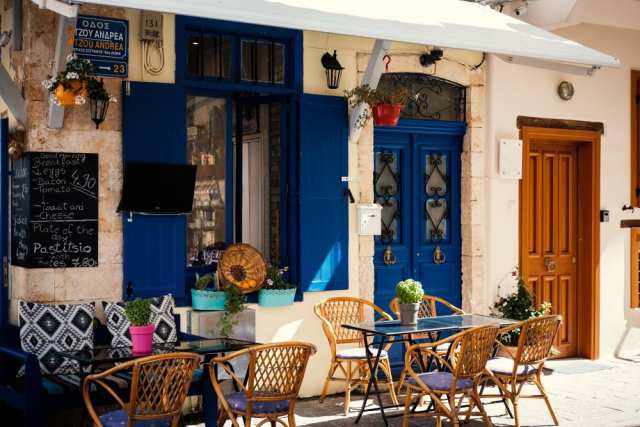
Chairs and tables outside a small cafe with blue furnishings in a street in Chania, Crete, Greece
For quintessential Greek charm, the western area of Crete is your best bet. The town of Chania is unmissable, with a 14th-century Venetian harbour and narrow streets lined with eye-catching coloured houses. It’s close to some of the island’s most impressive beaches, and with a selection of adorable restaurants along its waterfront, the food scene here is second to none. Heraklion, the island’s capital, is also a great place to stay. While it's less personable, being the port and location of the airport, it has convenience on its side - especially if you’re only here for a few days, and are looking to cut down on travel time. It’s also very close to some important historical sites, such as the Knossos Palace, and one of the best archaeological museums in Europe.
What to do
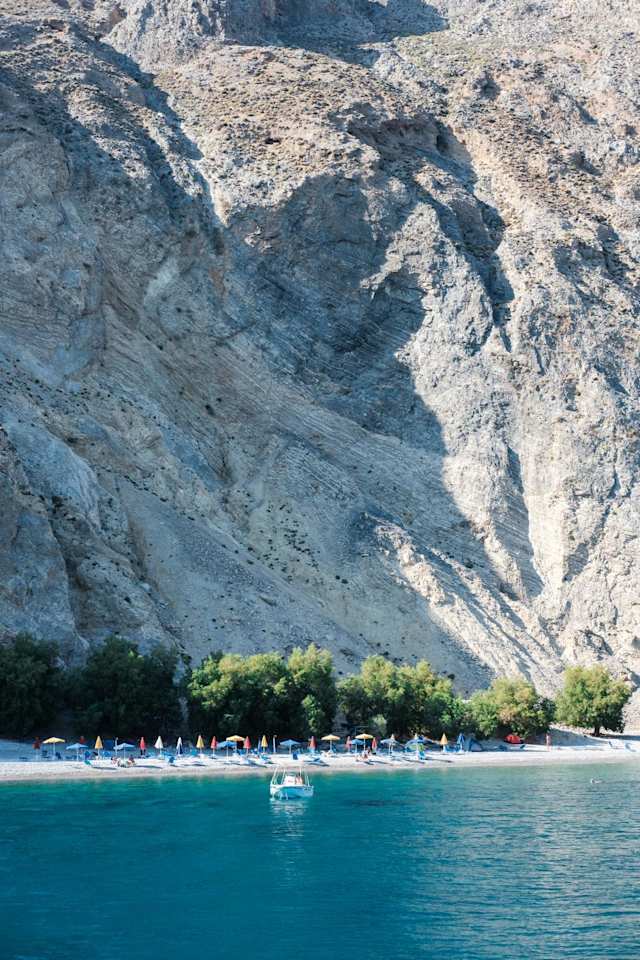
A white boat on the blue water by a beach in front of a large grey cliff, Loutro, Crete, Greece
If the island life of Crete isn’t quite miniature enough for you, the tiny island of Spinalonga in the north east is your ideal, mighty destination. It has a turbulent past, with occupations by the Venetians, the Ottomans, and the Arabs, as well as housing a leper colony. This makes for a fascinating afternoon wandering around seeing the sights. Another place well worth visiting is the small fishing village of Loutro. This is what the Greece of your dreams looks like - practically inaccessible by land (unless you fancy a strenuous mountain hike - no judgement if that’s your cup of tea), a boat will get you there in no time. Time slows here, so settle in with a plate of seafood and spend the afternoon people-watching.
What to eat

A close up of a plate with small servings of dakos in Crete, Greece
Greek cuisine is, of course, one of the most obvious reasons to travel to Crete (or so our stomachs say). As well as the usual suspects of world-class meat, yoghurt, vegetables, and cheeses, Crete has some regional dishes that will blow you away. Don’t miss slow-cooked pork with potatoes (psitos) and Cretan dakos, a local take on the classic Greek salad. For a quintessential Grecian dinner, Salis restaurant in Chania’s old port has a view of the harbour, as well as a well-put-together wine list. We recommend the ouzo prawn pasta. For a special dinner head, to Ntounias in Drakona in the White Mountains. Overlooking a vista of olive groves and peaks, slow food is the principle here. Everything on the menu is locally produced, much of it by the owner themselves.
The best beaches
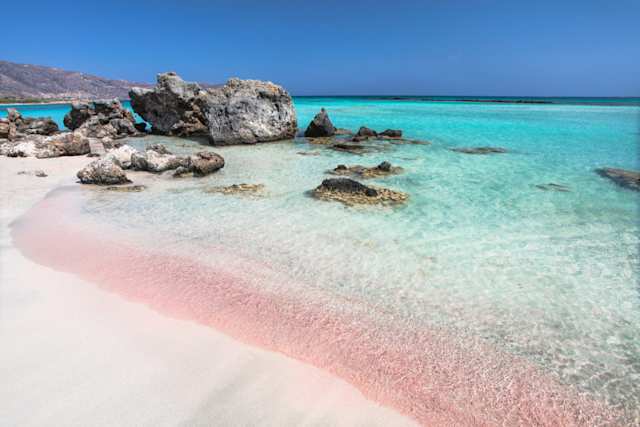
A view of the pink sand in shallow blue water by large rocks at Elafonisi Beach, Crete, Greece
No Crete travel guide is complete without touching on the island’s pristine beaches. Enjoy encountering palm trees galore at Preveli beach - legend says they were brought there by pirates. For the full experience of this beach, we recommend hiking the gorge attached to the beach - it also has a swimmable river and a pretty trail. Keep an eye out for the huge freestanding rock on the shoreline that’s shaped like a heart. For something a bit more remote, Elafonisi beach in the island’s south western corner is an oasis of raw beauty. The sand here is pastel pink, a phenomenon created by thousands of shells washing ashore over the year, tinting the white sand with their colour. Take a dip in the lagoon and marvel at how incredibly clear the water is.
How to embrace the culture
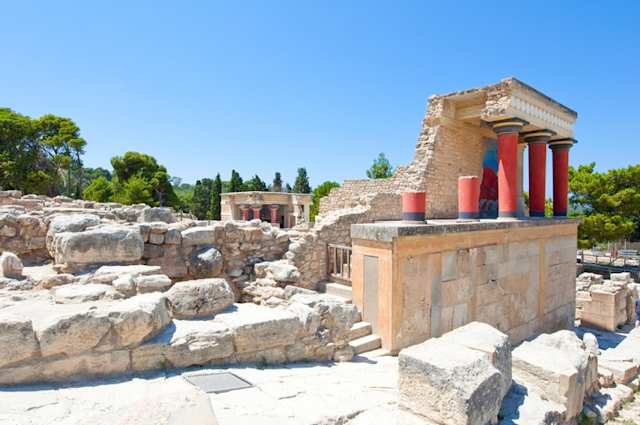
A view of the ruins and famous red columns of Knossos Palace, Crete, Greece
When you’re finally sick of sand in your shoes (or you're just in denial about your sunburn), it’s time to see some culture. The Holy Trinity Monastery, near Akrotiri, gives a fascinating look into the history of the island. It’s one of the most important monasteries of those built towards the end of the Venetian Empire in Crete, and its gilded interiors have to be seen to be believed. Cat lovers will fall especially hard for its charms, as dozens of the creatures roam the grounds. You can’t visit Crete - or have a Crete travel guide - without visiting the Knossos Palace, either. It’s the biggest Bronze Age site on the island, and is often called Europe’s oldest city. Check out the frescoes and the throne room while you’re there.
How to enjoy the nightlife
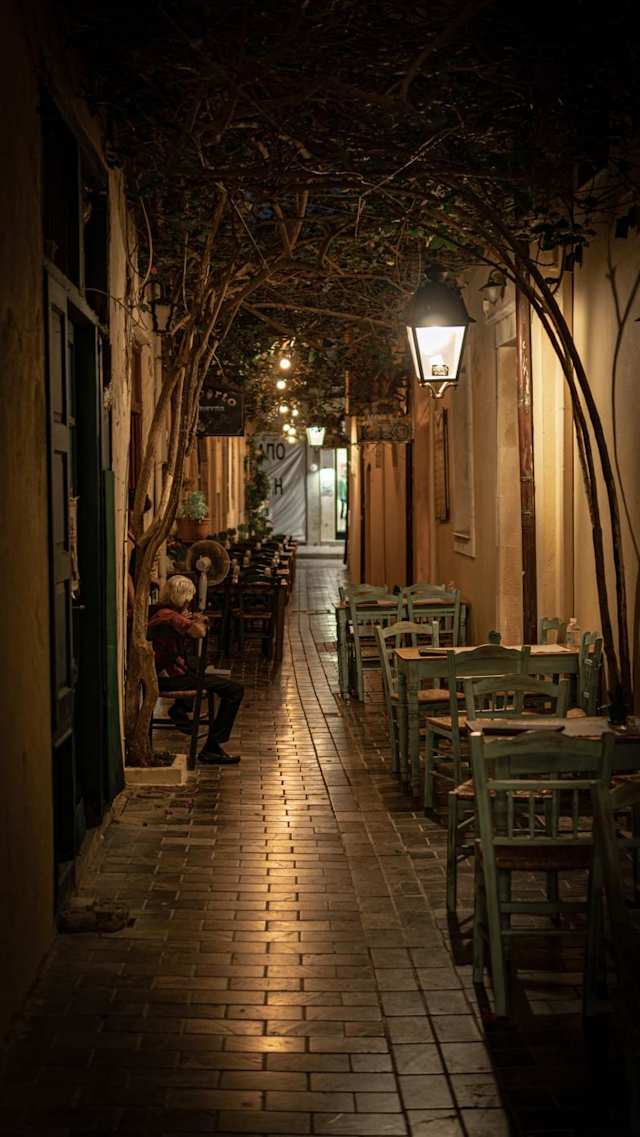
A narrow street filled with chairs outside restaurants at night in Crete, Greece
So you’re not 18 anymore or dying to hit the Malia strip, but that doesn’t mean you don’t want to let your hair down. For a fun night out, hit Ilios to hear some of the best Cretan music around. A seaside tavern, musicians here improvise 'mantinades', witty couplets that are Crete’s version of rap. If you drink enough raki, you’ll probably join in with the singing. For a real taste of local life, Ta Xalkina is the place for a dinner which drags pleasantly into the early hours. You shouldn’t miss ordering the slow-cooked lamb, or the Cretan meze - plus the small but atmospheric dining room often has live music. What's not to love?
